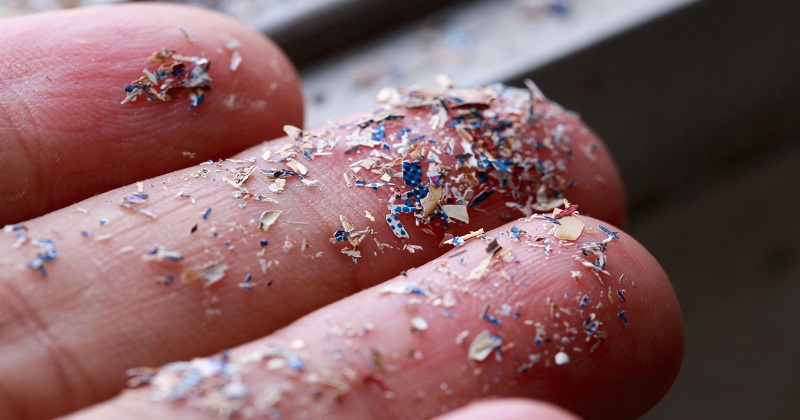
Microplastics were found for the first time in human blood in a study conducted recently in the Netherlands by a group of scientists. Small pieces of plastic no larger than 0.2 inches (5mm) in diameter are known as microplastics. At least 17 of the 22 healthy adult individuals with blood sampled had microplastics in their blood. Microplastic is not new to humans – it is found in the brain, gut, placenta of unborn babies, and feces of adults and infants, but this is the first time it has been found in the blood.
The study’s lead author, Professor Dick Vethaak of the Vrije Universiteit Amsterdam in the Netherlands, told The Guardian, ‘Our research is the first indication that there are polymer particles in our blood – it’s a breakthrough result’. He added, ‘But we need to extend the study and make the samples larger, the number of polymers examined, etc’.
In this study, five different types of plastic were tested – polymethyl methacrylate (PMMA), polypropylene (PP), polystyrene (PS), and polyethene terephthalate (PET). Environment International published the study. 50% of the blood samples contained polyethene terephthalate (PET), 36% polystyrene, 23% polyethene and 5% polymethyl methacrylate. No blood samples contained polypropylene.
Can microplastics cause harm?
Studies conducted in 2021 indicated that microplastics can cause intestinal inflammation, gut microbiome disturbances, and other problems in non-human animals. Microplastics can also deform human cell membranes. It is impossible to comprehend how much plastic humans consume. Humans consume tens of thousands of these particles every year, according to a study in 2019. According to WWF, humans eat enough plastic every six months to fill a cereal bowl.

Post Your Comments